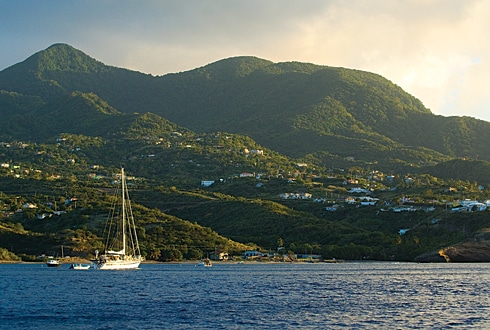Latest News From Montserrat, Outer Banks, Honolulu And Venice
You can't be on every island at once – but you can feel like you are. Here are the latest links with useful information about island travel from around the world.
- Join the celebration of island culture, music and creativity. It all begins tomorrow on Montserrat at the 4th Annual Calabash Festival.
- Does that beer taste like a fresh, sea breeze? Could've been brewed at the wind-powered brewery on North Carolina's Outer Banks islands.
- Oahu may have to be added to our Best Island to Live On list; Honolulu placed No. 11 on a Best Cities to Live In list.
- Skip the gondola. A new tour operator wants to take you kayaking through Venice's canals.
